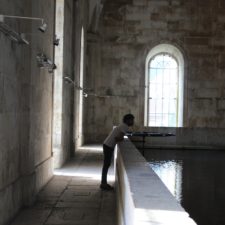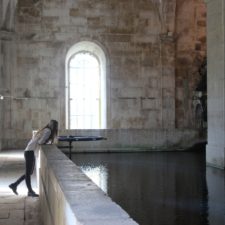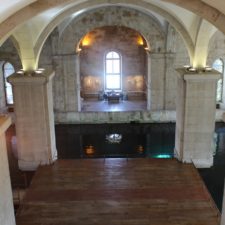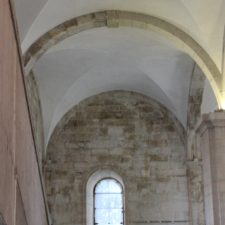Lisbon: Day 4
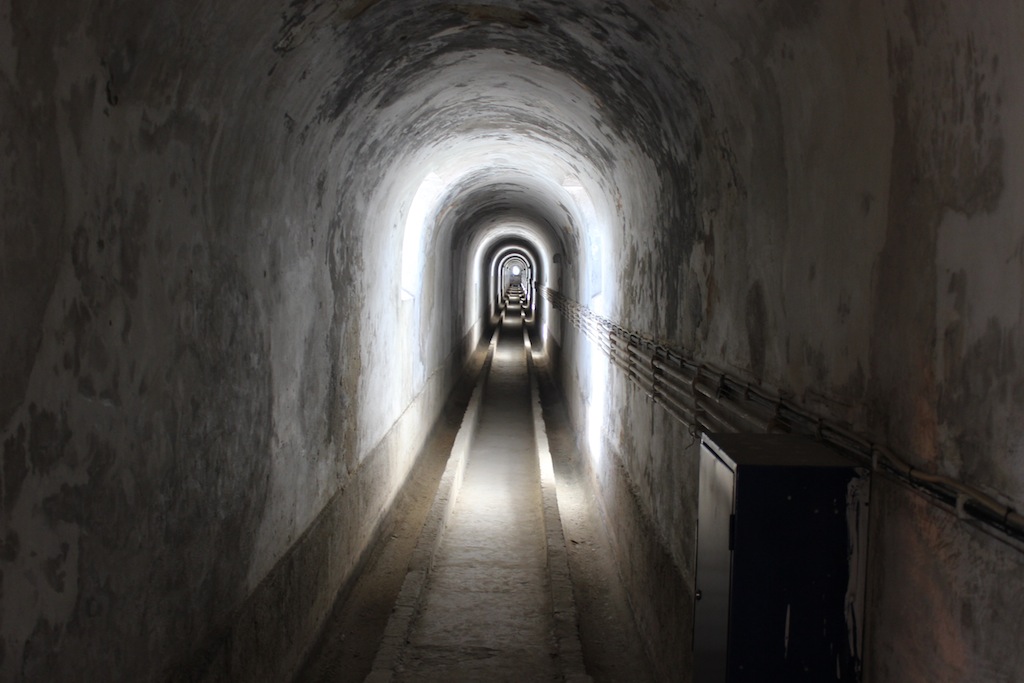
The following information is from the brochure:
“The Water Museum (EPAL), inaugurated on the 1st October 1987, comprehends four facilities: The Aguas Livres Aqueduct, Mae d’Agua das Amoreiras Reservoir, Patriarcal Reservoir and the Barbadinhos Steam Pumping Station. The last includes the Exhibition Rooms, Permanent and Temporary and the Historical Archive. This assemblage of monuments and buildings built between the XVIII and XIX centuries are connected to the history of Lisbon’s water supply. An evidence of this is that the Water Museum was awarded in 1990 with the Prize of the Museum of the Counsel of Europe.
The construction of the Mae d’Agua das Amoreiras Reservoir, part of the Aguas Livres Aqueduct, is a landmark in the history of the XVIII century. The Portuguese Spirit and intelligence of the time manifest themselves there in a very special way. Designed and built to collect and distribute the water carried by the Aqueduct, the Mae d’agua das Amoreiras Reservoire was only concluded in 1834.
Essential component of the urban water supply, it was planned by Carlos Mardel in 1752 and finished by Reinaldo Manuel dos Santos. With architectonic lines of an unusual sobriety, the construction is settled on a high base in relation to the surrounding streets.
In it’s interior appears the “Arca d’Agua” which is 7 meters deep and has a capacity of about 5 500 m3. The waterfall, in the main front, lives between two inseparable symbols: the Stone and the Water.
On the top of the monument there is a panoramic terrace settled on vaults sustained by four columns, 15 meters high. Nearby the base of the building in its West front, there is the Register house. Inside were measured the waterflows, which were divided for three underground galleries to the city fountains.”
Our piece is an immersive multi-channel performance combining field recordings with processed and acoustic horn colored by the space’s natural resonance. In preparation for the performance, we will collect field recordings and analyze pitches present in the cistern. Using the space as a foundation for musical composition, we will layer live horn with field recordings amplifying the rhythms and the hidden harmonies in the space.





